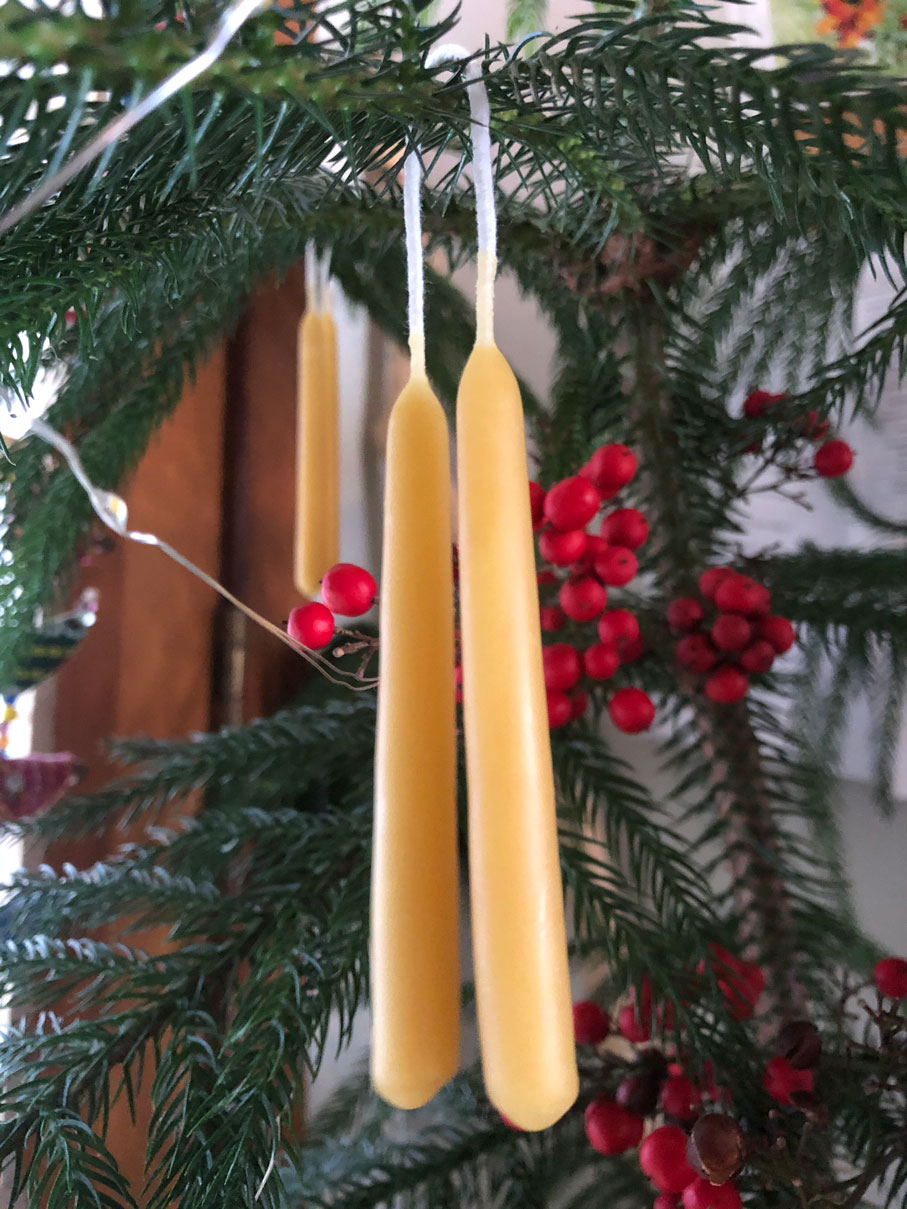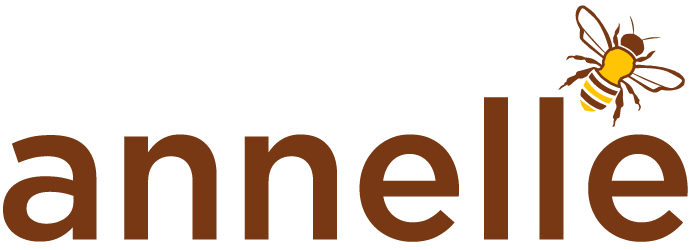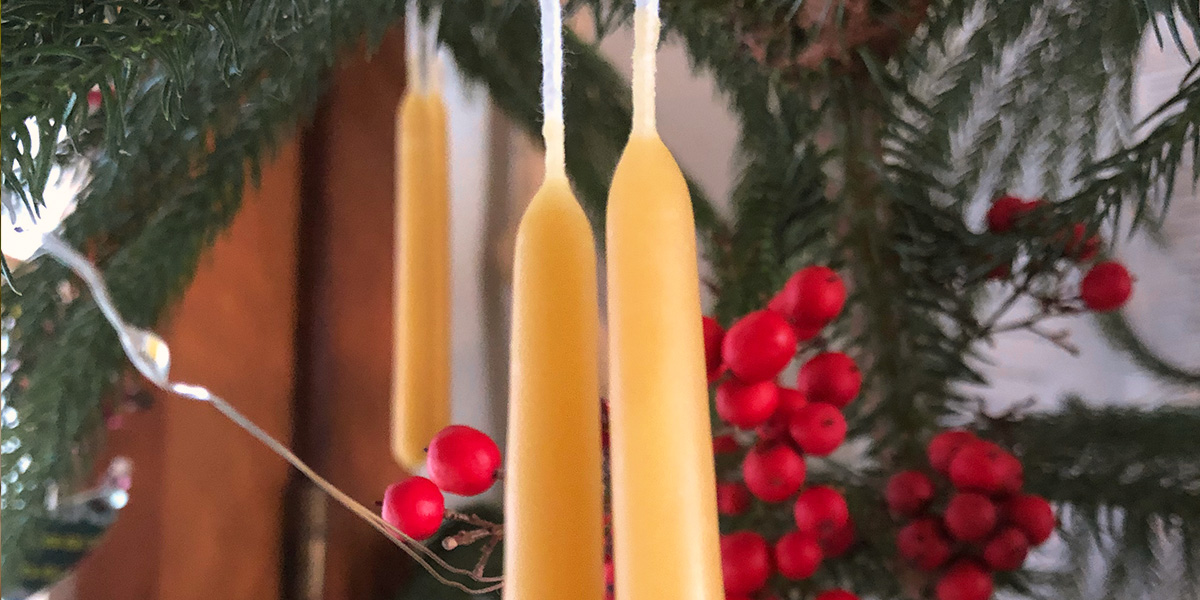
Bees have continued to bring light in the darkness to people with their golden wax for thousands of years. I have found that the stories, traditions and folklore around bees is almost unending. From candles and propolis to honey and pollen, the list of gifts from the bees continues to astound me. Last year, a German friend of mine made Christmas ornaments with beeswax, and I found them to be so beautiful and memorable. I myself have some German ancestry and decided to look deeper into this custom that I found so very intriguing. It turns out that this custom began with the baking of honey cakes.
Honey cakes or breads were sometimes used as offerings to the gods and goddesses of the Greek, Roman and African cultures, just to name a few. Honey was a delicacy and known as a food of the gods. This was in part due to its healing and food preserving properties. Some warriors even wore honey-bread around their necks or carried it with them as a talisman of protection. German monks around the 1200s found that when they added honey to their breads, the bread lasted several weeks longer. This type of bread was known as Lebkuchen, and was made in November and left to ferment until December when it was baked and sold. While selling these breads at the holiday markets, the bakers also made Christmas ornaments from their gingerbread cookie molds as well as hand carving other wax ornaments.
Beeswax candle ornaments became a holiday tradition, and were brought to the Americas in the 1920’s where paraffin wax Christmas ornaments were made of all shapes and sizes. I decided this year, I would try my hand dipped tiny taper candles as ornaments on our tree. I think they turned out pretty neat, and bring an ancestral charm to our family tree. You can find all kinds of simple tutorials on how to make your own beeswax Christmas ornaments. The house will smell divine with the scent of wax and honey, while your family can join together in making holiday memories etched in beeswax.
Bee Blessings,
Ali Pinion
Dreamingthebee.com

